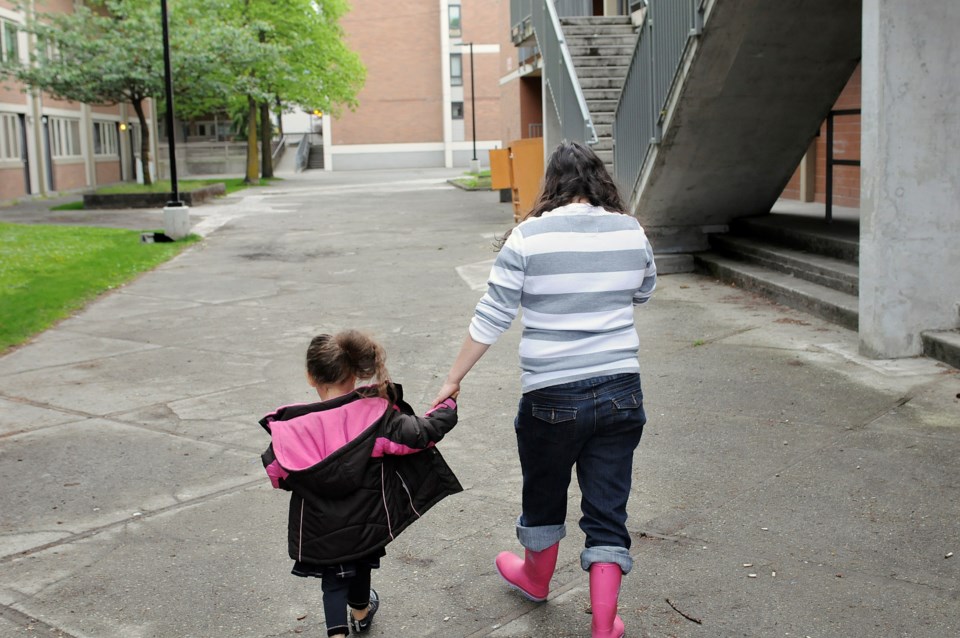I know it’s been several months since it hit the news, but do you remember Paige’s story?
This was the sad tale about a 19-year-old woman who died of a drug overdose in a washroom adjacent to Oppenheimer Park in 2013 after years of abuse, neglect and “persistent inaction from front-line professionals and an indifferent social care system that led to this young woman’s demise.”
The quoted part of that sentence comes from a report released in May 2015 by B.C.’s Representative for Children and Youth, Mary Ellen Turpel-Lafond. The findings stunned the public.
Well, here’s another story about a person who appears to have not received the support he needed when he was a child. But when I tell you his name and why he’s in the news, I don’t expect the same sympathetic reaction.
Kind of hard to shed a tear for a person described by the Combined Forces Special Enforcement Unit of B.C. as “a long-time gang associate with previous drug and violence-related convictions.”
But when I read Provincial Court Judge Reg Harris’ written reasons this week for sentencing Dustin Robert Alexander Wadsworth to two years in jail for his involvement in a drug-dealing operation, I came across an illuminating bit of information that gave some perspective for the 33-year-old’s behaviour.
“When he was young, his parents were addicted to drugs,” Harris wrote. “He had little support or supervision and he frequently associated with older kids who were criminally active. Mr. Wadsworth was first incarcerated at 12 years old. Thereafter, he was in and out of custody with the result that he spent the majority of his youth in custody.”
Once he became an adult, Wadsworth continued to get in trouble with the law. His first conviction as a grown-up was for robbery, use of an imitation firearm and break and enter with intent. A judge sentenced Wadsworth to four years and five months in prison.
In 2009, he got into similar trouble and was sentenced to another three years in prison for possession of a firearm, wearing a disguise and break and enter.
The reason Wadsworth was before the courts this month is because he was convicted of two counts of possessing cocaine for the purpose of trafficking.
The charges related to police arresting him in October 2014 after opening his backpack to find 10 ounces of cocaine, two kilograms of a cutting agent, baking soda and Pyrex glassware.
The Crown’s position was that the items were used to make crack cocaine. A search warrant executed at a place he was sharing with another man on Vancouver Island uncovered $57,000 in cash, 1,300 grams of a cutting agent, drug paraphernalia and 291 ecstasy pills.
Wadsworth’s associate, Isaac Drennan, was charged with various drug possession and firearm charges. He was sentenced to seven years in jail.
So what did Wadsworth receive?
Two years in jail.
But the way the justice system works, he got credit for the time he served in custody since his arrest in October 2014. He now has a balance of 245 days to serve before his release.
Harris, who described Wadsworth as a “mid-level dealer,” said the sentence “addresses the requisite denunciation and deterrence and yet preserves Mr. Wadsworth’s rehabilitative prospects.”
The judge noted the man’s mother was back in the picture and attended every one of her son’s court appearances. She has been drug free for 10 years.Wadsworth has also shown remorse, the judge added
So what happens after Wadsworth serves his time?
“Mr. Wadsworth plans to finish his sentence and then move forward with his life,” said Harris, noting Wadsworth has taken the preliminary steps to apply to receive training as a machinist.
Paige, meanwhile, never got to move forward with a life that Turpel-Lafond described as beginning with “real signs of promise.” And unlike Wadsworth’s mother, Paige’s mother never kicked drugs, dying of a drug overdose 19 months after her daughter’s death.
@Howellings



